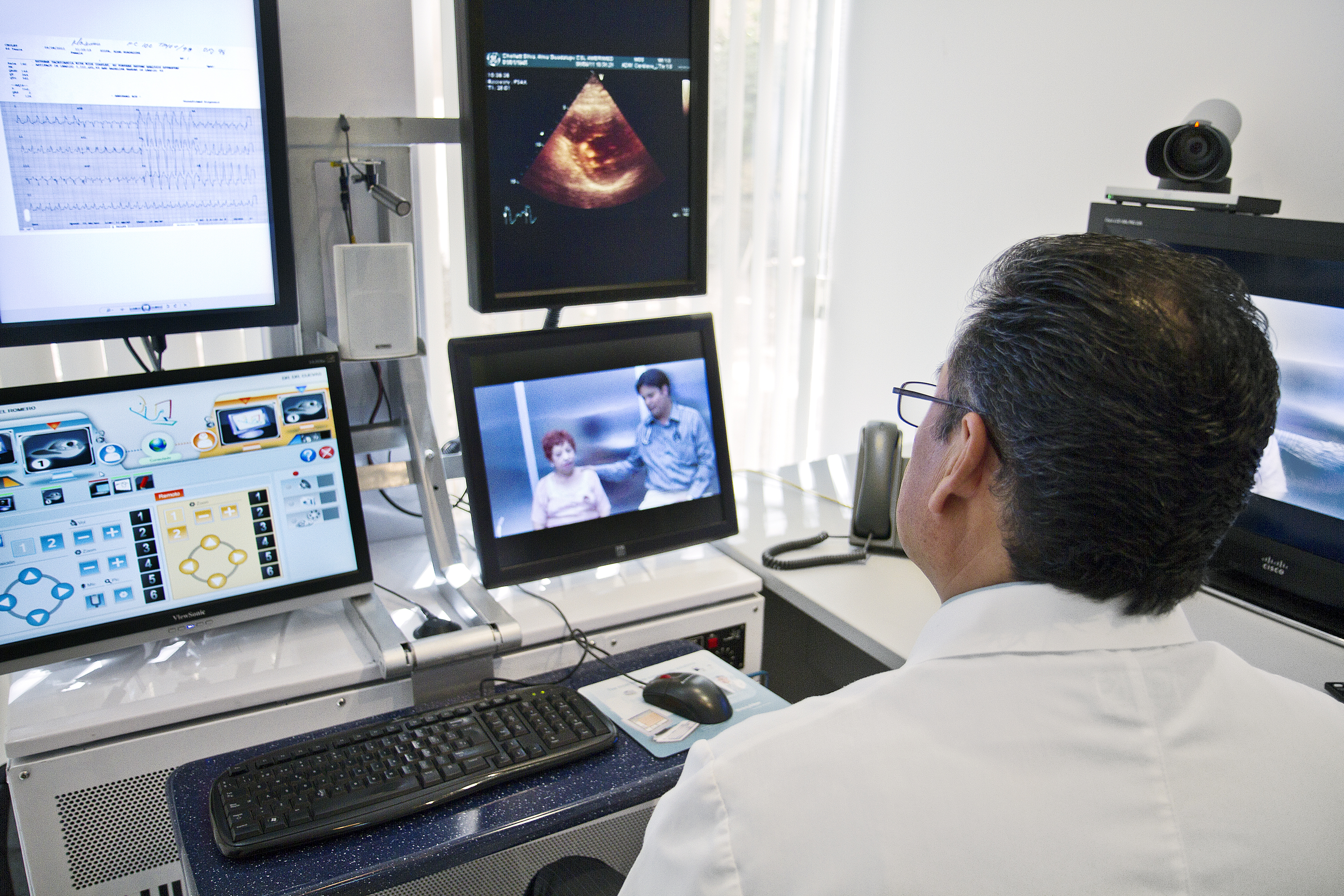According to the World Health Organization, some 1.9 billion adults aged 18 and above were classified as overweight back in 2016, with 650 million of those being considered obese. This meant that about 13% of all humans alive on Earth at the time possessed a body mass index (BMI) that was greater than or equal to 30.
At the end of the day, the old saying that “too much of anything is bad” undoubtedly applies to obesity and body fat. The condition can spring forth due to a person’s lifestyle, circumstances, or even noncontrollable factors such as metabolic activity. Thus, while preventable, not all solutions to the problem may be equally applicable to all patients who suffer from it.
Researchers from Nanyang Technological University saw an opportunity to devise a solution and figure out something truly unique, however: their novel method, published in the journal ACS Nano, involves injecting hydrogels into a patient’s desired area. In turn, the hydrogels activate the TRPV1 protein via near-infrared light to kickstart metabolic processes, reducing fat in the process.
In order to do so, the team crafted specially-made hydrogels containing copper sulfide (CuS) nanodots. These nanoparticles activate the TRPV1 protein inside the site where they were injected after being exposed to near-infrared light, followed by the dispersion of a drug also locked within that stimulates the conversion of unwanted fats into brown adipose tissue.
TRPV1 is known to play a role in breaking down fat into fatty acids—acids that are then able to be consumed by brown adipose tissue via the burning of calories or through a process called lipolysis, among other means.
The overall hydrogel is delivered with a biocompatible polymer that keeps the hydrogel in a “gel-like state” after injection, according to New Atlas. This allows the hydrogel contents to be released safely into the body over a period of several days.
The research team, which included principal author Chen Peng, tested their technology on obese mice models with metabolic diseases by injecting their hydrogel technology into the mice’s’ subcutaneous fat. From there, near-infrared light was shone onto the injection site for five minutes. This was done every day for three (3) consecutive days out of seven (7) in a week, for two weeks straight.
In the end, the mice lost about 5.5% of their body weight coupled with a 40% reduction in subcutaneous fat and a 54% reduction in cholesterol, among others. These results were also compared to a 9.5% increase in body weight as observed from a control group.
Peng discusses their findings in the institution’s press release: “[…] We found that this approach not only resulted in 40-54% fat reduction in obese mice but also significantly improved their metabolism, which is key to reducing the risk of metabolic conditions such as heart disease, stroke, and type 2 diabetes. Though this method makes use of heat converted from near-infrared light to burn subcutaneous fat, we found no thermal injury to the skin.”
Peng continued: “All FDA-approved medications for obesity indirectly act on the brain to suppress appetite or on the digestive system to reduce fat absorption. Most of them have been withdrawn from the market due to their serious side effects. Procedures performed in clinics to remove fat in targeted areas have shown to be effective, but they come with risks and high costs and do not improve body metabolism. In contrast, our therapeutic approach focuses on remodeling white fat tissue […].”
Understandably, there’s much work to be done before Peng and co-authors can produce anything close to therapy that can be tested and used on humans; they do recognize, however, that their novel methodology serves to “fill a gap” in existing treatments for obesity that can potentially help several others down the line.
(For more remarkable finds about the body, check out how histamine might play a role in depression, followed by a new drug that can reverse paralysis in mice due to spinal cord damage.)
References
- Fat-burning hydrogel fights obesity. (2022, January 25). Nanyang Technological University. https://www.ntu.edu.sg/news/detail/fat-burning-hydrogel-fights-obesity
- Lavars, N. (2022, January 27). Hydrogel injected into fat stores fights obesity from within. New Atlas. https://newatlas.com/medical/hydrogel-injected-fat-stores-obesity/
- Obesity and overweight. (2021, June 9). World Health Organization. https://www.who.int/news-room/fact-sheets/detail/obesity-and-overweight
- Zan, P., Than, A., Zhang, W., Cai, H. X., Zhao, W., & Chen, P. (2022). Transdermal photothermal-pharmacotherapy to remodel adipose tissue for obesity and metabolic disorders. ACS Nano. https://doi.org/10.1021/acsnano.1c06410











